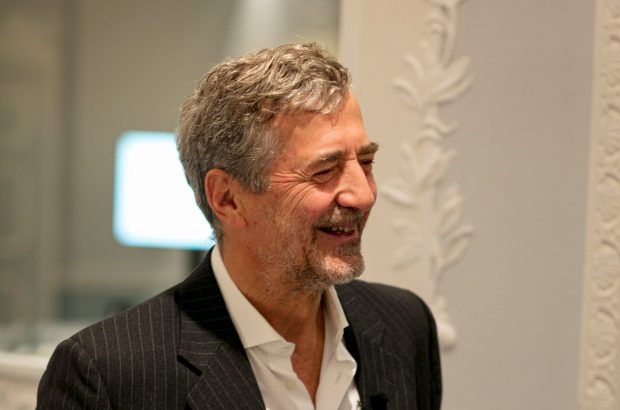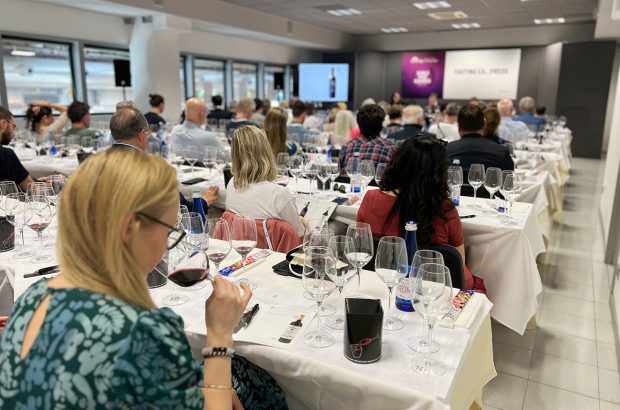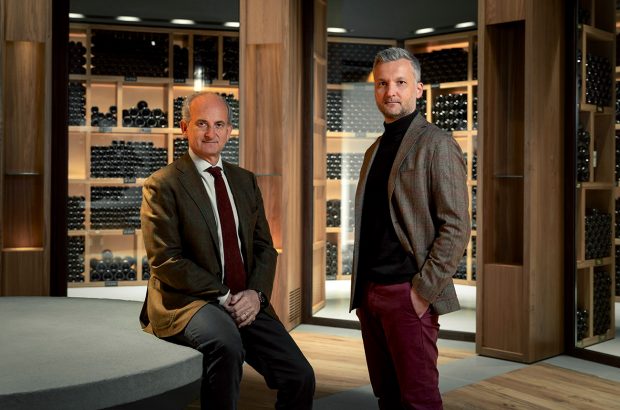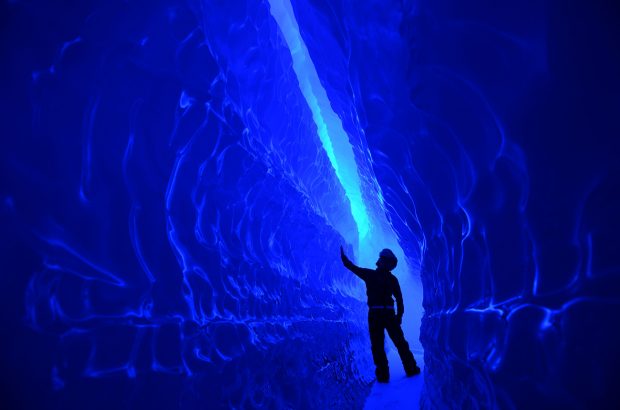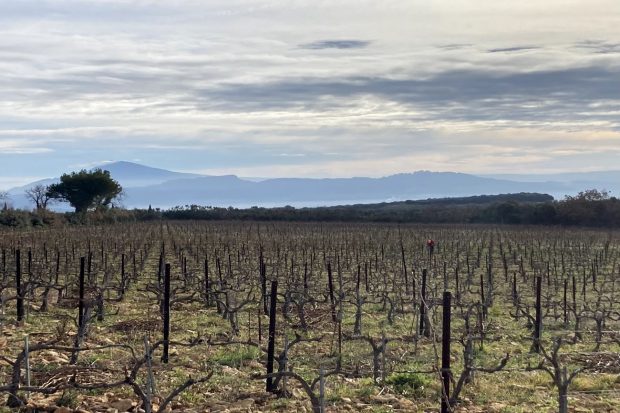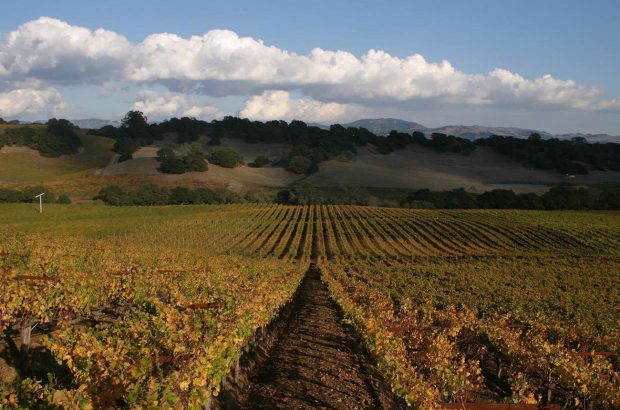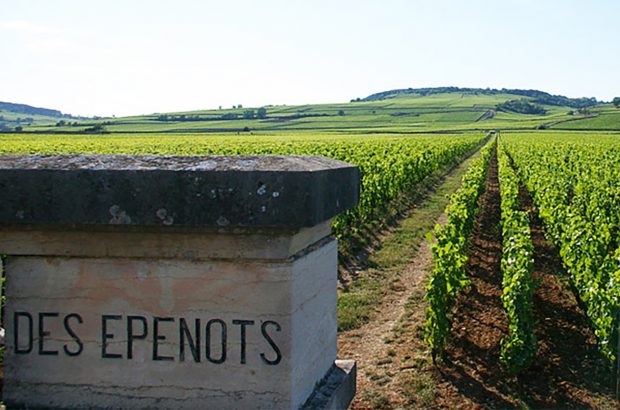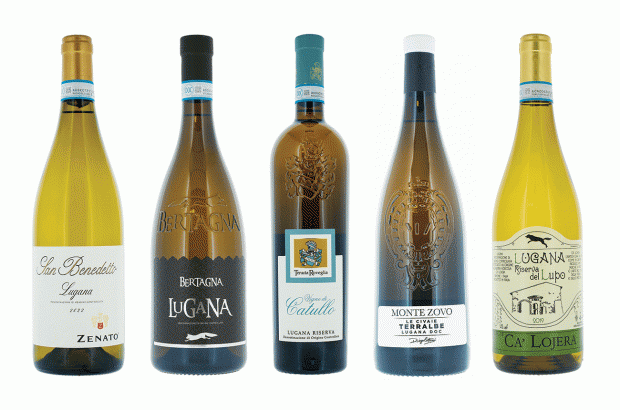Decanter expert Stephen Brook delves into the world of Alsace Riesling and picks out his favourite wines. See them here.
It’s an old lament that everyone admires Rieslings from Alsace, but few of us actually buy them. Quality is steady, and can be superb, yet there is often more interest in Riesling from Australia (sensibly priced and consistent in quality) or from fashionable Austria. Yet a recent London tasting of more than 70 Rieslings confirmed that Alsace can produce vibrant, refreshing Rieslings in a range of styles. Nor are prices excessive for the quality. So where does the problem lie? Some say the slender Germanic bottles trigger the wrong associations with consumers, but Australian and Austrian Rieslings use similar styling and packaging without complaint.
Then there is a profusion of qualities. Most estates produce a basic Riesling, often blended from different sites. Sometimes they are labelled ‘Tradition’ or ‘Réserve’ – there is no control over such designations – which can mislead consumers into believing they are buying a higher quality level than is actually the case. At the top end there are the 51 grands crus, ranging in size from three hectares to 80ha. Consumers may recognise some of the most prestigious, such as Hengst or Brand, but most are hard to remember, and confusing: there are three all called Altenberg, located in different parts of Alsace. Moreover, too many areas within certain large grands crus just don’t deserve their status. In between are the ‘lieu-dits’, single vineyards that are too numerous to memorise.
It’s arguable that the main problem is that consumers have not known what to expect when they buy a bottle. Residual sugar levels can fluctuate widely. Certain producers such as Trimbach invariably release wines that are bone-dry, even if that means resorting to relatively early harvesting and selected yeasts to ensure a complete fermentation. Other producers take a more laissez-faire approach. In a hot year in a top site, the grapes can reach very high sugar levels. That can result in either excessive alcohol (and most growers would want to avoid a wine with 15%), or in a wine with ‘normal’ alcohol (12.5% to 13.5%) but significant levels of residual sugar.
Many admirable wines in this tasting with residual sugar levels of about 10 grams per litre didn’t taste sweet because they were balanced by fine acidity. But if the grapes are picked overripe, when acidity levels have fallen, the result can be a wine that tastes distinctly sweet. Many is the restaurant customer who has been dismayed to find that the Riesling he ordered, assuming it would be dry, is nothing of the kind. That is the sort of experience that can put consumers off for years. Alsace has its own category, Vendange Tardive, for this style of wine, but some growers ignore it. In my view, Alsace Riesling should taste dry; sweet Rieslings, invariably Vendange Tardive because of their high sugars at harvest, should be labelled as such.






